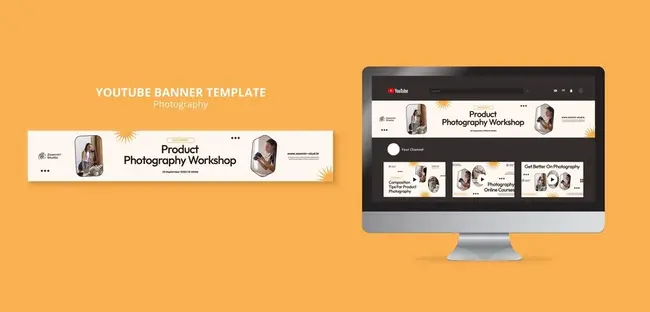In today’s competitive business environment, creating a compelling logo is essential for building a robust brand image. One of the primary decisions brands witness when creating a logo is whether to use a minimalist or complex design. Each style has its benefits and can convey messages distinctively. It is vital to explore the characteristics, advantages and considerations of minimalists and complex design to determine which style works best for your brand.
Exploring Minimalist Logo
Minimalist logos are considered coherent and simple because they include rudimentary shapes, clear font styles and limited colours. The subtle design elements in minimalist logos are aimed at communicating the brand’s message easily while ensuring it leaves a powerful visual impact.
Characteristics and Advantages Of Minimalist Logos
- Clarity: Clarity makes it easier for the target audience to remember and recognise minimalist logos. Simple visual elements allow for quick identification by consumers, making them appropriate for the brands aiming for rapid establishment of brand recognition.
- Versatility: Minimalist logos are characterised as adaptable to different mediums and sizes. They maintain legibility and consistent brand representation across business cards, websites and billboards.
- Timelessness: Minimalist logo designs have timeless attributes since they overlook trendy elements. This longevity allows brands to stay relevant and identifiable for many years to come.
- Focus on essentials: Unnecessary elements are stripped away in minimalist logos, as they focus on conveying the core message of your brand. This focus helps build a strong emotional association with the target audience.
Considerations for Minimalist Logos
- Limited expression: Simplicity in minimalist logos can sometimes restrict the amount of information communicated to the target audience. Therefore, such logs may not fully express the diversity of your business offerings.
- Brand differentiation: Standing out can be complex in industries where minimalist logos are common. More efforts are required to design distinctive minimalist logos that also resonate with your unique brand identity.
Exploring Complex Logos
Complex logo uses intricate details, graphics and rich colours. They depend on multiple visual elements to convey the brand’s history, personality and values.
Characteristics and Advantages Of Complex Logos
- Rich storytelling: Complex logo designs are used by brands that are aimed at conveying diverse business information to consumers. This may include communication of the brand’s heritage, story and values through intricate design components. The rich storytelling characteristic establishes a deeper emotional association with the target audience.
- Unique brand identity: Complex logo designs enable brands to practice creativity to stimulate uniqueness. Brand individuality can be ensured through complex logo designs that involve a variety of symbols, patterns and images. This sets brands apart from their competitors in a crowded market.
- Cultural and historical importance: Complex logo designs allow for the integration of cultural and historical references into your brand image, adding new depth and meaning to your brand identity. This supports the brand in appealing to the target audience and promoting strong brand loyalty.
Considerations for Complex Logos
- Legibility: Complex logo designs are vulnerable to losing clarity when scaled up or down. Their legibility can also be compromised when displayed in different mediums and sizes.
- Potential overwhelm: Complex logo designs include an abundance of information, which can sometimes create overwhelming experiences. This may also dilute the actual brand message and lack in maintaining consumers’ focus.
Choosing The Right Logo Style for Your Brand
When deciding between a minimalistic and complex logo style, follow the mentioned factors:
- Business goals and objectives
- Alignment with your brand identity and target audience.
- Message planning to convey to the audience.
- Relevancy to industry norms







